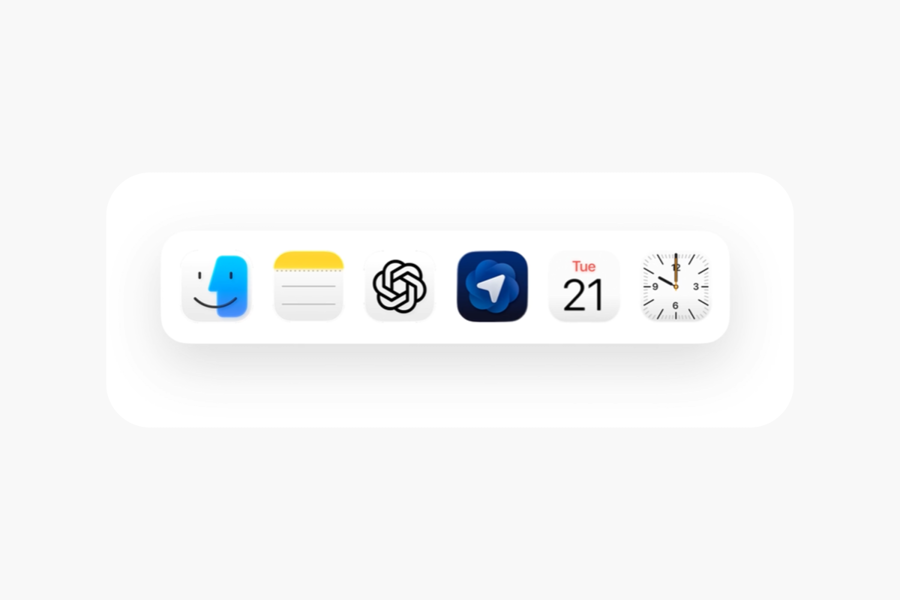
OpenAI’s launch of ChatGPT Atlas signals a major evolution in how people discover and interact with information online (currently available in the ChatGPT desktop app for Mac).
Instead of scrolling through search results, users can now ask complex questions and receive rich, summarised answers powered by real-time web browsing and reasoning.
For website owners, marketers, and business development leaders, this isn’t just another tech update — it’s a fundamental shift in digital visibility, lead generation, and customer experience.
The question is: will your website be seen, cited, and trusted — or overlooked?
1. What is ChatGPT Atlas and why it matters
Atlas is OpenAI’s new intelligent web layer for ChatGPT.
It doesn’t just fetch results; it reads, understands, and interprets web content to deliver direct, contextual answers to users.
That means your website could either:
- Become a credible data source that AI agents reference and link to; or
- Disappear into the noise if your content isn’t structured, accessible, or optimised for AI comprehension.
This is the next evolution of search — AI-powered discovery — and it’s changing the rules for SEO and content visibility.
As Search Engine Land notes, the rise of AI-driven search will prioritise clarity, authority, and structure over traditional keyword density. For website owners, this means preparing for a world where your site is read by both humans and intelligent agents.
2. The impact on marketing, sales, and business growth
For teams focused on lead generation and conversion, Atlas brings both opportunity and challenge.
Traditional traffic funnels will look different: users may encounter your insights via AI summaries rather than Google or social media, visiting your site only when ready to take action.
If your business struggles with:
- Poor conversion from leads or visitors
- Disjointed user experience across platforms
- Lack of visibility into user behaviour and journeys
- Limited ability to personalise offers or automate follow-up
- Weak digital experiences that fail to retain customers
…then this new landscape will make those gaps even more visible.
To compete, your website must deliver a joined-up, insight-driven, and conversion-ready experience.
3. How to make ChatGPT Atlas work in your favour
Structure content for humans and machines
Atlas reads your site the way a person might — but it relies on semantic structure and clarity.
To make your content AI-friendly:
- Use structured data and schema markup to define context.
- Write clear, factual copy with meaningful headings and metadata.
- Ensure accessibility (alt text, ARIA labels) so content is machine-readable.
- Optimise for intent-based SEO, not just keywords — answer the questions your audience is really asking.
When Atlas can easily understand and summarise your expertise, it’s far more likely to cite and link back to your site.
Integrate your platforms for a seamless customer journey
Most organisations rely on multiple tools — CMS, CRM, analytics, and marketing automation — that often don’t communicate with each other.
This fragmentation limits visibility into what’s actually driving engagement and conversions.
By integrating your platforms (for example, connecting your Umbraco CMS with your CRM and analytics tools), you create a single view of every user journey. This enables you to:
- Track every interaction from first visit to final sale.
- Personalise experiences and offers based on behaviour and intent.
- Streamline lead capture and follow-up between marketing and sales.
- Measure ROI accurately across channels and campaigns.
As AI-driven traffic from ChatGPT Atlas and similar tools grows, integrated systems ensure you can capture, analyse, and convert that traffic effectively — turning AI-discovered leads into loyal customers.
Optimise the user journey
AI may introduce people to your brand, but your website still needs to convert.
Use UX research and journey mapping to identify points of friction, simplify navigation, and strengthen your conversion funnel.
Every visit should feel intuitive, relevant, and aligned with your brand promise.
Use insight and analytics to drive growth
AI discovery means you’ll attract new audiences in ways that traditional analytics may not yet capture.
Leverage advanced reporting tools like Umbraco Engage or integrated analytics dashboards to:
- Understand how AI-sourced users behave.
- Identify which content earns citations or engagement.
- Optimise conversion paths with real-time data.
Adopt AI — don’t compete with it
Rather than resisting AI, use it to enhance your digital experience.
Examples include:
- AI-powered chatbots and agents for instant lead capture and support.
- Dynamic personalisation that adapts content to user intent.
- Predictive analytics to forecast engagement and conversion trends.
AI isn’t replacing websites — it’s amplifying the ones that are structured, integrated, and designed around user needs.
4. The Digital Wonderlab approach
At Digital Wonderlab, we help purpose-driven organisations prepare for this AI-enhanced future by combining scalable CMS solutions, integrated platforms, and human-centred design.
We deliver:
- Flexible websites built on Umbraco CMS
- Platform integrations connecting marketing, CRM, and analytics
- UX and CX research to improve conversion
- AI and automation strategies to elevate customer engagement
The result? Websites that attract attention from both humans and intelligent agents — and convert that attention into meaningful action.
Conclusion
The arrival of ChatGPT Atlas marks the start of a new era for digital strategy — one where visibility, structure, and performance matter more than ever.
Websites are no longer just destinations; they’re intelligent ecosystems that power discovery, engagement, and growth.
By integrating your systems, optimising your content, and embracing AI-driven tools, you can turn this shift to your advantage — ensuring your brand stands out in the age of intelligent search.
Ready to build a website made for the future?
At Digital Wonderlab, we design and build Umbraco websites that are future-ready, fast, and flexible, optimised for both humans and intelligent agents. From technical SEO and UX to seamless integrations and personalisation, we’ll make sure your digital experience performs today and evolves for tomorrow.






